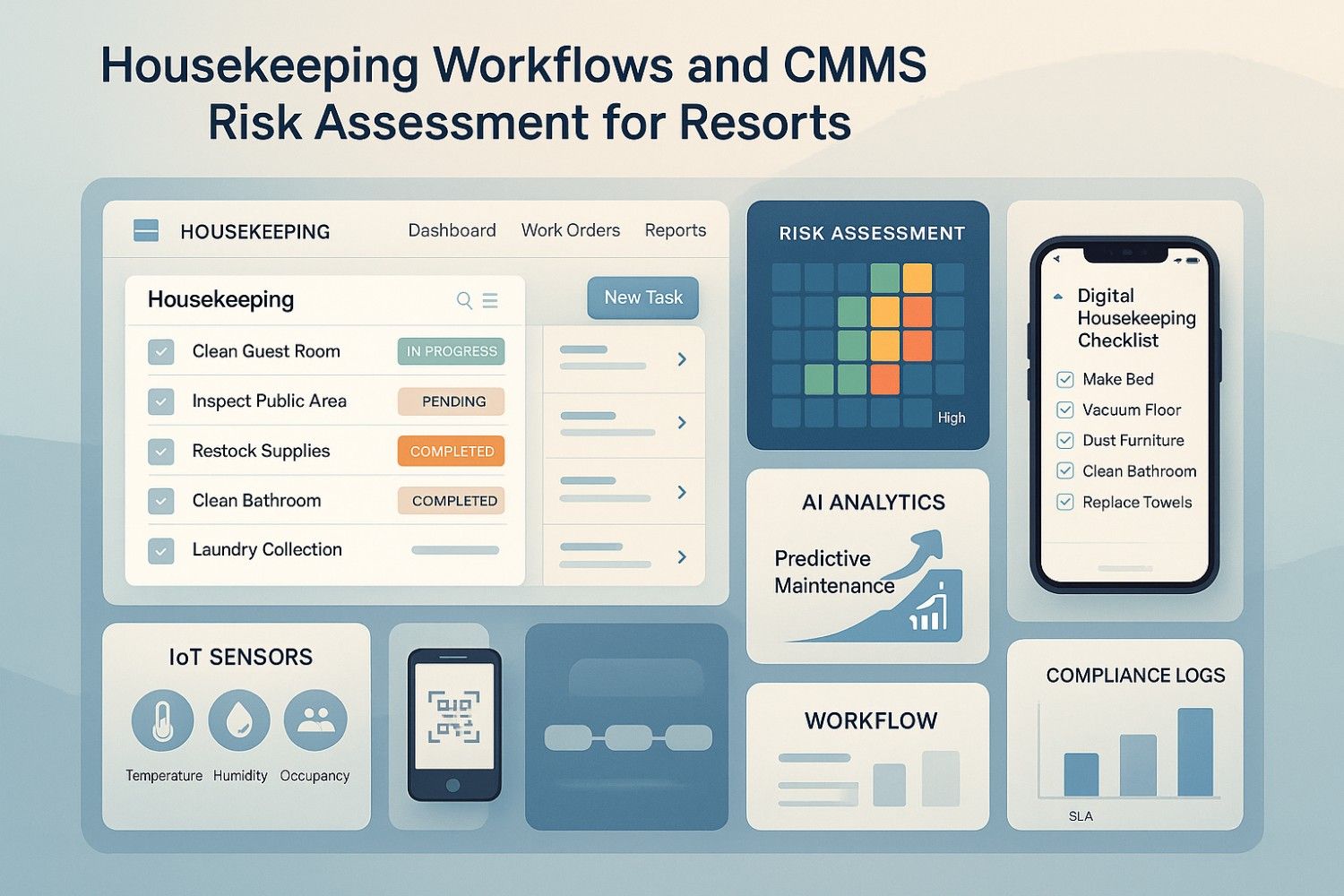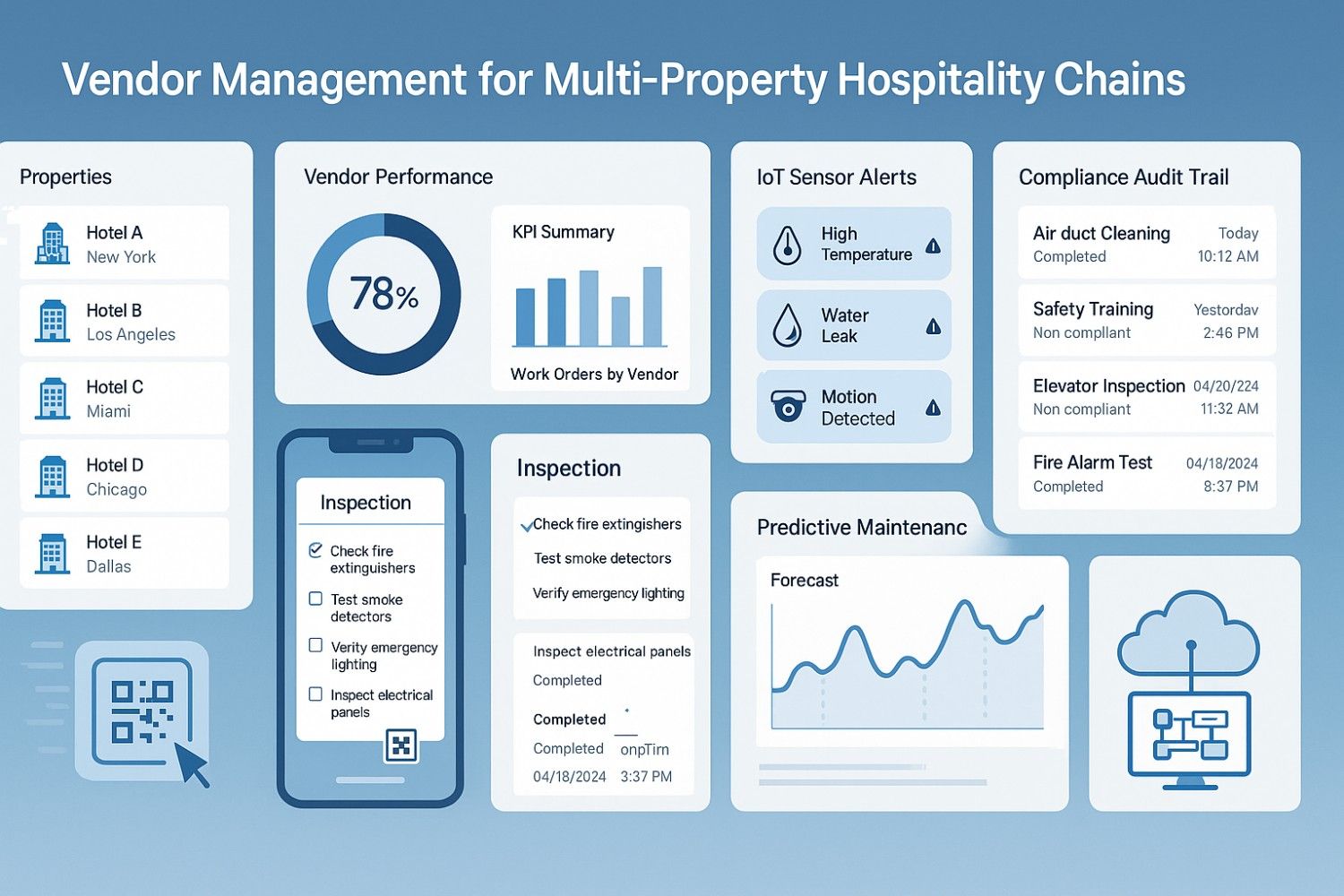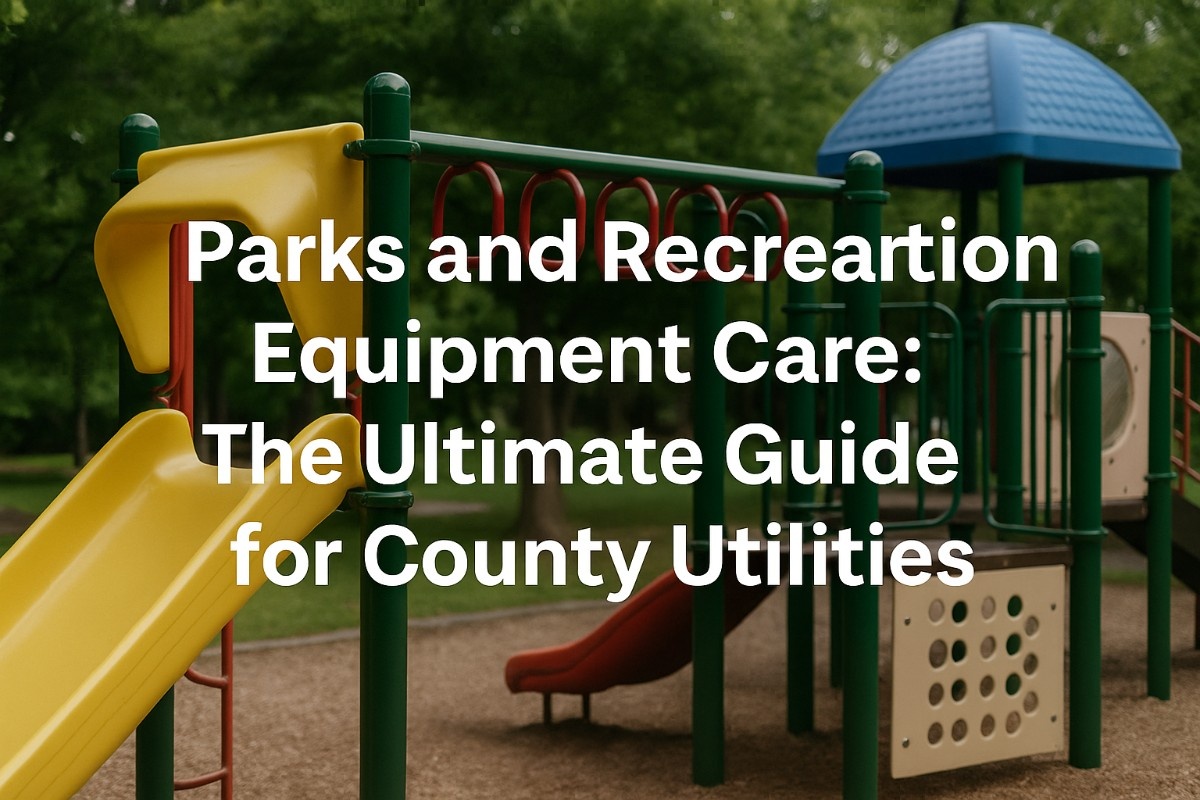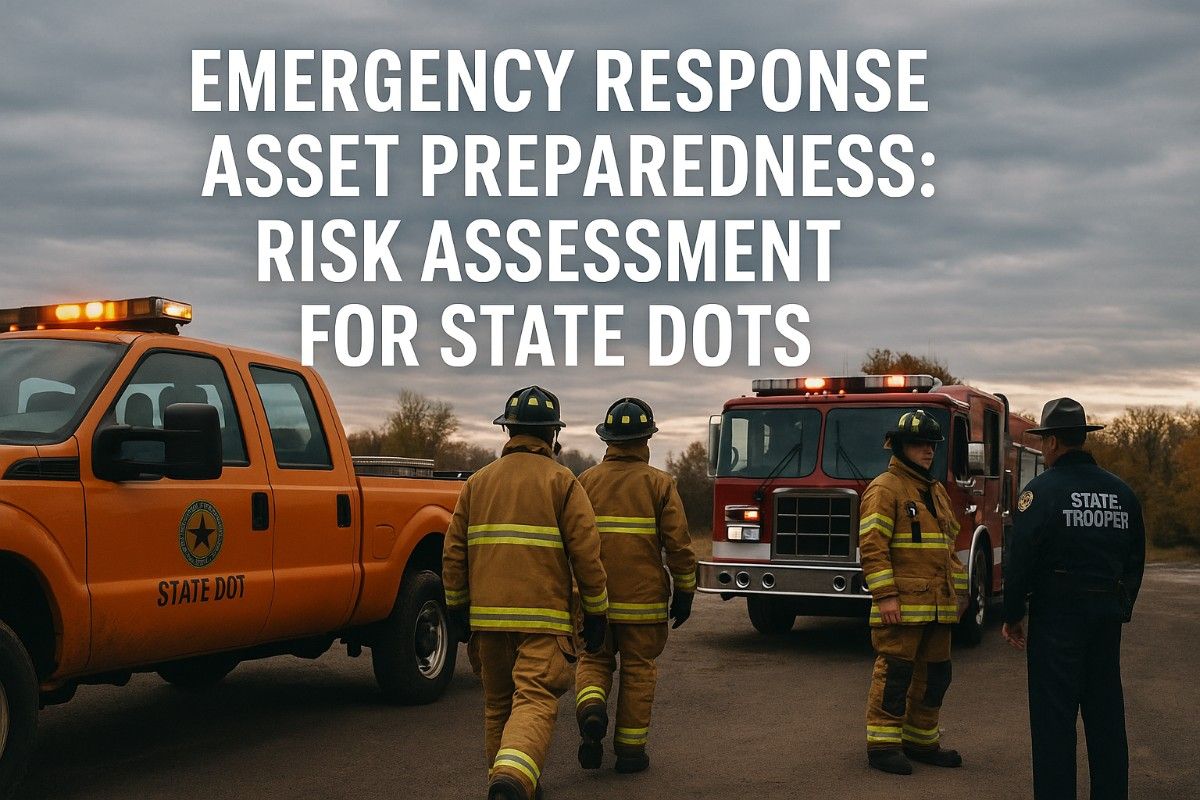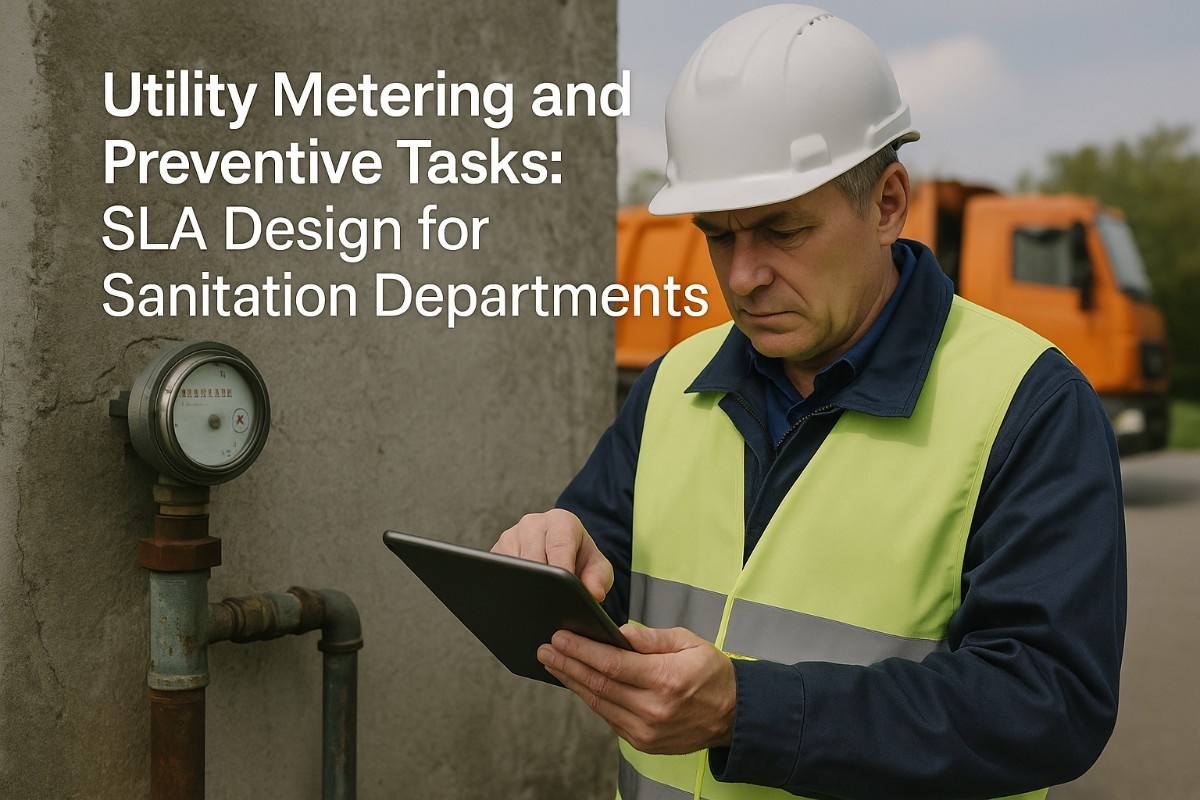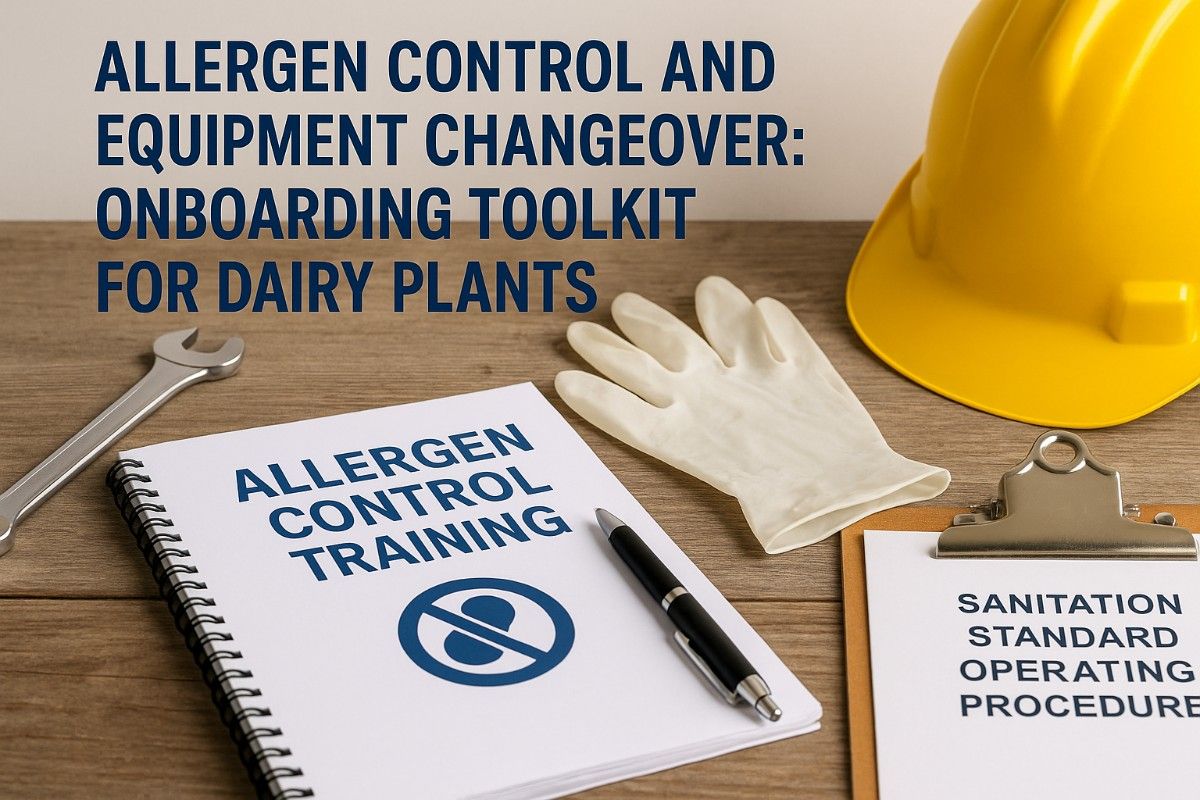Effective building maintenance is a fundamental pillar of successful property management, directly influencing operational efficiency, long-term asset value, and tenant satisfaction. In today’s competitive real estate environment, property owners and facility managers face increasing pressure to minimize operational costs, maximize building performance, and comply with stringent safety regulations—all while providing a safe, comfortable, and visually appealing environment for occupants.
A well-structured preventive maintenance program is essential in achieving these goals. By proactively identifying and addressing minor issues before they escalate into major, costly repairs, preventive maintenance helps extend the lifespan of critical building systems such as HVAC, plumbing, electrical, roofing, and structural components. It also ensures uninterrupted functionality, reduces energy consumption, and improves overall building aesthetics and safety. Whether overseeing a commercial office tower, a multi-family residential complex, or an industrial warehouse, facility managers who implement a thorough preventive maintenance checklist can protect their investment, boost tenant retention, and create a more sustainable, resilient property operation for the long term.
Why Building Maintenance Checklists Are Critical
A well-structured facility maintenance checklist serves as your roadmap to systematic property care. Research shows that preventive maintenance can reduce equipment breakdowns by up to 70% and extend asset lifespan by 20-40%. With the right building maintenance management software and digital checklists, property managers can streamline operations, ensure compliance, and maintain detailed maintenance reports.
Cost Savings
Preventive maintenance costs 3-5 times less than reactive repairs. A proactive maintenance program helps identify issues before they become expensive problems.
Asset Longevity
Regular maintenance extends equipment life, protecting your investment and delaying costly replacements.
Safety Compliance
Systematic inspections ensure compliance with safety regulations and reduce liability risks.
Operational Efficiency
Well-maintained facilities operate more efficiently, reducing energy costs and improving productivity.
15 Essential Building Maintenance Tasks
This comprehensive preventive maintenance checklist template covers critical areas that require regular attention. Use this as your foundation for creating a customized maintenance schedule template for your specific facility needs.
1. HVAC System Inspection and Maintenance
Frequency: Monthly/Quarterly
Your HVAC system is often the largest energy consumer in your building. Use an HVAC preventive maintenance checklist to:
- Replace air filters (monthly)
- Clean air ducts and vents
- Inspect and calibrate thermostats
- Check refrigerant levels and electrical connections
- Lubricate moving parts and inspect belts
2. Electrical System Safety Inspection
Frequency: Quarterly
Electrical issues are a leading cause of building fires. Your electrical preventive maintenance checklist should include:
- Testing GFCI outlets and circuit breakers
- Inspecting electrical panels for corrosion or damage
- Checking lighting systems and replacing bulbs
- Verifying emergency lighting functionality
- Thermal imaging scans for hot spots
3. Plumbing System Maintenance
Frequency: Monthly/Quarterly
Water damage can be catastrophic. Include these tasks in your plumbing preventive maintenance checklist:
- Inspect pipes for leaks, corrosion, or damage
- Test water pressure and flow rates
- Clear drains and inspect sump pumps
- Check water heater temperature and pressure relief valves
- Inspect toilet components and faucet seals
4. Roof and Gutter Inspection
Frequency: Bi-annually
Roof maintenance prevents costly water damage. Use a roofing inspection checklist template to examine:
- Shingles, tiles, or membrane condition
- Flashing around vents, chimneys, and skylights
- Gutter alignment and drainage
- Downspout connections and water flow
- Interior ceiling stains indicating leaks
5. Fire Safety System Testing
Frequency: Monthly/Quarterly
Life safety systems require regular testing and documentation:
- Test smoke and carbon monoxide detectors
- Inspect fire extinguishers and emergency exits
- Test sprinkler system and alarm functionality
- Verify emergency lighting and exit signs
- Update evacuation plans and conduct drills
6. Exterior Building Envelope Inspection
Frequency: Quarterly
Protect your building's structural integrity:
- Inspect foundation for cracks or settling
- Check exterior walls for damage or deterioration
- Examine windows and doors for proper sealing
- Assess parking areas and walkways for safety hazards
- Inspect building signage and exterior lighting
7. Security System Maintenance
Frequency: Monthly
Ensure property security with regular system checks:
- Test access control systems and key cards
- Verify surveillance camera functionality
- Check perimeter fencing and gates
- Test alarm systems and backup power
- Update security codes and access permissions
8. Elevator and Mechanical Equipment Service
Frequency: Monthly/As Required
Mechanical systems require professional attention:
- Schedule professional elevator inspections
- Lubricate mechanical equipment
- Check equipment vibration and noise levels
- Inspect safety controls and emergency systems
- Maintain service records and warranties
9. Landscaping and Grounds Maintenance
Frequency: Weekly/Seasonal
Maintain curb appeal and prevent property damage:
- Trim trees and shrubs away from buildings
- Maintain lawn irrigation systems
- Clear debris from drainage areas
- Inspect hardscaping for trip hazards
- Apply seasonal treatments for pest control
10. Energy Efficiency Monitoring
Frequency: Monthly
Optimize energy consumption and reduce costs:
- Review utility bills for usage spikes
- Inspect insulation and weatherproofing
- Check programmable thermostat settings
- Assess lighting efficiency and occupancy sensors
- Monitor equipment energy consumption
11. Interior Common Area Maintenance
Frequency: Weekly/Monthly
Maintain professional appearance and functionality:
- Inspect flooring for damage or wear
- Check wall conditions and touch up paint
- Test and maintain restroom facilities
- Verify proper lighting and replace bulbs
- Ensure proper ventilation and air quality
12. Parking and Traffic Management
Frequency: Monthly
Maintain safe and functional parking areas:
- Inspect pavement for cracks or potholes
- Check parking lot lighting and visibility
- Verify proper signage and line marking
- Clear drainage systems and catch basins
- Assess traffic flow and safety barriers
13. Equipment Documentation and Record Keeping
Frequency: Ongoing
Maintain comprehensive maintenance records:
- Update equipment inventory and specifications
- Document all maintenance activities and costs
- Track warranty information and service contracts
- Maintain supplier and contractor contact information
- Archive inspection reports and compliance documents
14. Emergency Preparedness and Equipment
Frequency: Quarterly
Ensure readiness for emergency situations:
- Test backup power systems and generators
- Verify emergency supply inventories
- Review and update emergency contact lists
- Conduct emergency response drills
- Inspect emergency communication systems
15. Seasonal Preparation Tasks
Frequency: Seasonal
Prepare your building for seasonal challenges:
- Winterize outdoor plumbing and irrigation
- Service snow removal equipment
- Inspect heating systems before cold weather
- Prepare cooling systems for summer operation
- Clear and inspect storm drainage systems
Pro Tip: Digital Transformation
Modern facility management software and mobile inspection apps can automate your maintenance scheduling, send alerts for upcoming tasks, and generate comprehensive reports. Consider implementing a digital checklist system to streamline your preventive maintenance program and ensure nothing falls through the cracks.
Creating Your Custom Maintenance Schedule
Every building is unique, so customize this maintenance checklist template based on your specific needs:
- Asset Inventory: Catalog all equipment and systems requiring maintenance
- Priority Assessment: Rank tasks by criticality and regulatory requirements
- Resource Planning: Allocate staff time and budget for each task
- Technology Integration: Implement maintenance management software for tracking
- Continuous Improvement: Regular review and optimization of your program
Ready to Implement Your Maintenance Program?
Don't wait for equipment failures to force your hand. Start with our free maintenance checklist template and build a comprehensive preventive maintenance program that protects your investment and ensures operational excellence.
Frequently Asked Questions
Q: How often should I perform building maintenance inspections?
A: The frequency depends on the specific system or component. Critical systems like HVAC and electrical should be inspected monthly or quarterly, while structural elements like roofing can be inspected bi-annually. Use a preventive maintenance schedule template to organize tasks by frequency and ensure nothing is overlooked.
Q: What should be included in a building maintenance checklist template?
A: A comprehensive facility maintenance checklist should include HVAC systems, electrical safety, plumbing, roofing, fire safety, security systems, and seasonal preparations. Each item should specify inspection frequency, responsible personnel, and documentation requirements. Consider using a digital checklist for better tracking and reporting.
Q: How much can preventive maintenance save compared to reactive repairs?
A: Studies show that preventive maintenance typically costs 3-5 times less than emergency repairs. A well-executed preventive maintenance program can reduce equipment breakdowns by up to 70% and extend asset lifespan by 20-40%, resulting in significant cost savings over time.
Q: What is the best building maintenance management software?
A: The best maintenance management system depends on your specific needs, but key features to look for include work order management, preventive maintenance scheduling, asset tracking, mobile access, and reporting capabilities. Many modern solutions offer free checklist templates and mobile inspection apps to streamline operations.
Q: How do I create a custom preventive maintenance checklist?
A: Start by conducting a comprehensive asset inventory, then prioritize systems based on criticality and regulatory requirements. Use our maintenance checklist template as a foundation and customize it for your specific equipment and compliance needs. Implement a facility management system to automate scheduling and tracking.
Q: What are the key components of an HVAC maintenance checklist?
A: An effective HVAC preventive maintenance checklist should include filter replacement, duct cleaning, thermostat calibration, refrigerant level checks, electrical connection inspection, and moving parts lubrication. Use an HVAC maintenance template to ensure consistent service and optimal system performance.
Q: How can digital tools improve building maintenance efficiency?
A: Digital maintenance management tools offer automated scheduling, real-time alerts, mobile accessibility, and comprehensive reporting. Features like inspection apps, digital checklists, and cloud-based facility management software streamline operations, improve documentation, and ensure consistent maintenance execution across your properties.
Q: What should be included in a property maintenance checklist for commercial buildings?
A: A commercial building maintenance checklist should encompass all major systems including HVAC, electrical, plumbing, fire safety, security, elevators, parking areas, and common spaces. Include both routine tasks and seasonal preparations, with clear frequency guidelines and responsible party assignments. Implement a building management system for optimal coordination.
Start Building Smarter Maintenance Routines Today!
Stop reacting to problems—start preventing them. A well-maintained building doesn’t just save money; it enhances safety, comfort, and property value.

